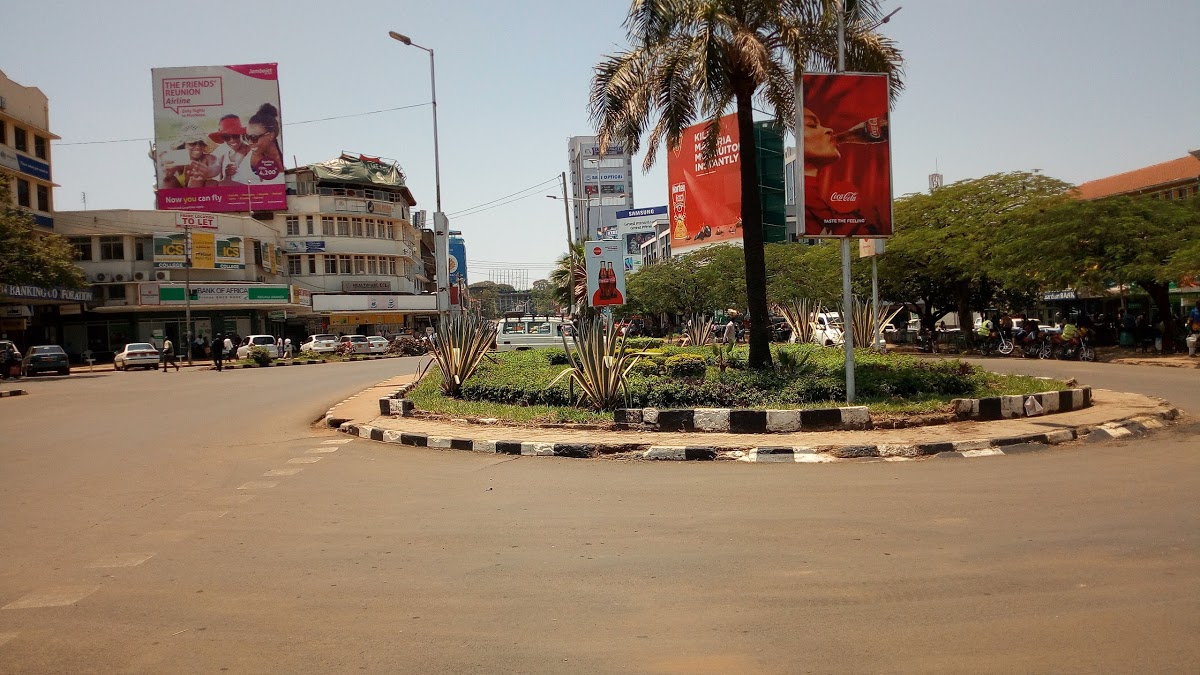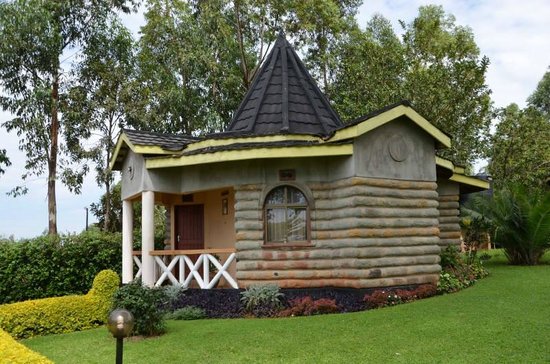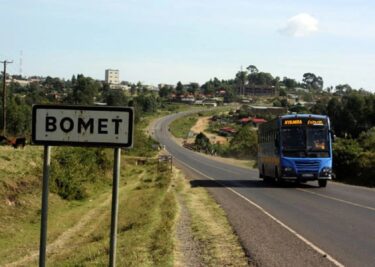Vihiga
Journey a few kilometres south of the tropical Kakamega Forest and you find the culturally vibrant Vihiga County, an area whose population has maintained their rich heritage even as they adapt to modern-day lifestyle. Primarily inhabited and developed by three of eighteen Luhya sub-tribes – the Maragoli, Banyore and the Tiriki, the Vihiga population is currently at about 500,000. With the county government predicting an increase in population growth within the next two years, it’s only a matter of time before this county is filled with booming urban centres.
Culture is an important part of who we are; our ancestors created and celebrated life through various ceremonies throughout their lives. For the three sub-tribes that call Vihiga home, tradition is still important in their day-to-day lives, such as naming ceremonies when a child is born. It is considered important to name a Luhya child after a definitive life-changing season, such as intense weather periods. Most popular is the bestowing of names from ancestors as first-born children are named after paternal grandparents while the siblings that follow thereafter are named after maternal grandparents.
The initiation ceremony follows during the boys’ teenage to youth years. These traditional investitures take place for an entire month – usually around the holiday seasons of August or December every five years. The Tiriki are known to still practice the traditional method of initiation which begins at the crack of dawn as selected male candidates are convened at a central location within the community area where shortly after traditional dances kick off the ceremony, with the aim of attracting locals to the celebrated moment. The candidates thereafter proceed to a private location outside of the general community radius where they face the primary process of initiation – circumcision. Following this, they undergo several informative sessions that prepare them for family life focusing on leadership, security and spirituality – the key roles of a man. Once this is complete, the candidates dress in either animal skin or lesos as they return to their homes… as men, or better yet, ready leaders.
Once the initiation is complete, young men can start thinking about finding a wife and starting a family. In yesteryears the marriage ceremony was traditionally arranged by the parents of the boy who would seek a girl fit for marriage and approach her parents on behalf of their son. If all went well during their first meeting, dowry arrangements and payments would follow in the form of a dozen cattle, goats and sheep before the bride was taken as a wife. Young people are now making their own matches, but marriage negotiations are still maintained. After all how will you come to know your future in-laws if not through the back and forth tussle of dowry deliberations?
To culture!




